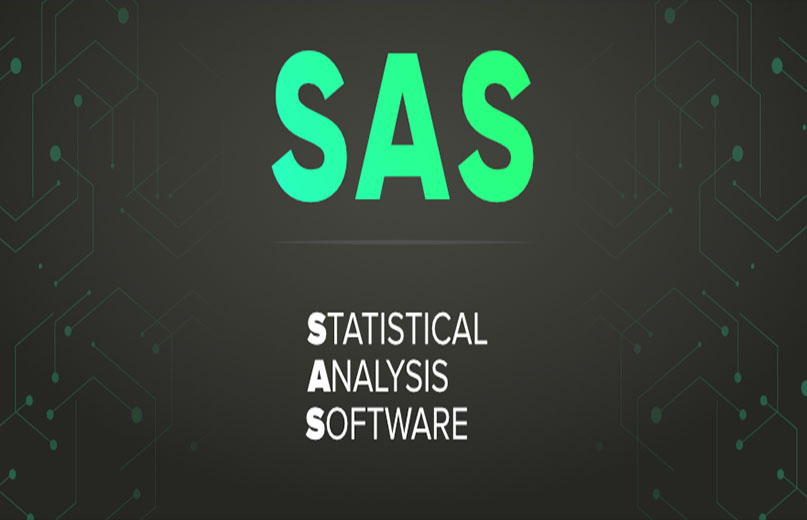
- February 19, 2024
- Praveen
- 0 Comments
- Social Media
SAS
SAS :
SAS, which stands for Statistical Analysis System, is a software suite developed by SAS Institute Inc. for advanced analytics, business intelligence, data management, and predictive analytics. SAS provides a comprehensive range of tools and capabilities for analyzing large datasets, deriving insights, and making data-driven decisions. Here are some key aspects and uses of SAS:
1.Statistical Analysis:SAS offers a wide range of statistical procedures and techniques for analyzing data, including descriptive statistics, hypothesis testing, regression analysis, analysis of variance (ANOVA), time series analysis, and more. These statistical tools enable users to explore data, identify patterns, and make inferences from the data.
2.Data Management:SAS provides robust tools for data management, manipulation, and transformation. Users can import data from various sources, clean and preprocess data, merge datasets, perform data transformations, and export data to different formats. SAS also supports data integration and ETL (Extract, Transform, Load) processes for integrating data from multiple sources.
3.Business Intelligence (BI):SAS offers business intelligence solutions for data visualization, reporting, and dashboarding. Users can create interactive dashboards, reports, and visualizations to communicate insights from data effectively. SAS Visual Analytics and SAS Visual Statistics are examples of BI tools offered by SAS Institute.
4.Predictive Analytics:SAS provides advanced predictive modeling and analytics capabilities for forecasting, predictive modeling, and machine learning. Users can build predictive models, analyze historical data to make predictions about future events or outcomes, and deploy models into production environments for real-time decision-making.
5.Big Data Analytics: SAS offers solutions for analyzing big data, including tools for processing and analyzing large volumes of data stored in distributed computing environments such as Hadoop and Spark. SAS provides integration with big data platforms and tools for data preparation, analysis, and modeling on large-scale datasets.
6.Healthcare and Life Sciences:SAS is widely used in the healthcare and life sciences industries for clinical research, drug development, epidemiological studies, and healthcare analytics. SAS offers specialized solutions for clinical trials management, pharmacovigilance, patient outcomes analysis, and personalized medicine.
7.Finance and Banking:SAS is extensively used in the finance and banking sectors for risk management, fraud detection, customer analytics, and compliance reporting. SAS solutions enable financial institutions to analyze large volumes of transaction data, detect anomalies and fraudulent activities, assess credit risk, and optimize marketing campaigns.
8.Government and Public Sector: SAS is used by government agencies and organizations in the public sector for policy analysis, program evaluation, fraud detection, public safety analytics, and social services delivery. SAS solutions help government agencies leverage data to improve decision-making, enhance service delivery, and address societal challenges.
Overall, SAS is a powerful analytics platform that enables organizations to extract insights from data, drive business innovation, and gain a competitive advantage in today’s data-driven world. Its wide range of applications across industries makes it a valuable tool for data analysis, decision-making, and strategic planning.

